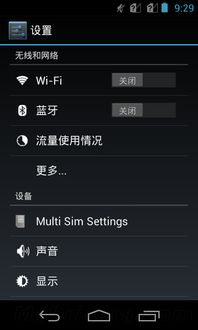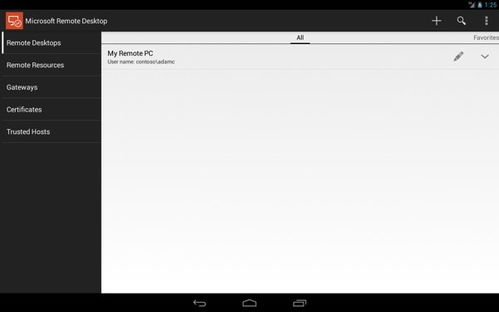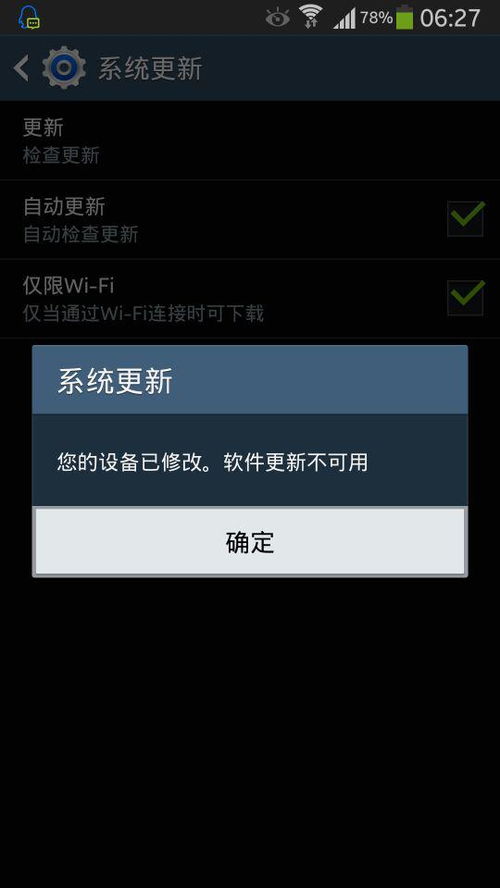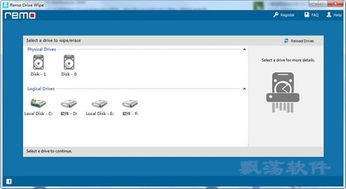
linux 追随线程号
时间:2023-05-28 来源:网络 人气:
Linux的线程机制在操作系统中占据着重要的地位,而线程号则是在多线程编程中必不可少的一个概念。本文将从线程的基本概念入手,逐步分析和讨论如何追随线程号。
一、什么是线程
线程是操作系统能够进行运算调度的最小单位,是进程中独立运行的子任务。与进程相比,线程更加轻量级,因为它们共享进程的地址空间和其他资源,这使得它们更加高效、灵活和响应快速。
二、什么是线程号
线程号(ThreadID)是操作系统给每个线程分配的唯一标识符。通常情况下,每个线程都有自己独立的线程号,并且不同于其他进程或者线程的ID。在Linux环境下,每个进程都有一个主线程和多个子线程,它们都有自己独立的线程号。
三、如何获取当前线程号
在Linux环境下,获取当前线程号可以使用系统调用gettid()函数。该函数定义在头文件中,其原型为:
c
pid_tgettid(void);
该函数的返回值是当前线程的线程号,类型为pid_t。以下是获取当前线程号的示例代码:
c
#include<stdio.h>
#include<sys/types.h>
#include<sys/syscall.h>
intmain()
{
pid_ttid=syscall(SYS_gettid);
printf("Thetidofcurrentthreadis%d.\n",tid);
return0;
}
四、如何追随线程号
在多线程编程中,有时需要追踪某个特定线程的执行情况,这就需要知道该线程的线程号。一种常见的做法是使用pthread_create()函数创建一个新线程,并将其与指定的线程函数关联起来。该函数定义在头文件中,其原型为:
c
intpthread_create(pthread_t*thread,constpthread_attr_t*attr,
void*(*start_routine)(void*),void*arg);
其中,第一个参数thread是指向pthread_t类型的指针,用于存储新创建的线程ID;第二个参数attr是指向pthread_attr_t类型的指针,用于设置新线程的属性;第三个参数start_routine是指向函数指针的指针,该函数将作为新线程运行;最后一个参数arg是传递给start_routine函数的参数。
以下示例代码演示了如何创建两个子线程,并分别输出它们的线程号:
c
#include<stdio.h>
#include<stdlib.h>
#include<pthread.h>
#include<unistd.h>
#include<sys/syscall.h>
void*thread_func(void*arg)
{
pid_ttid=syscall(SYS_gettid);
printf("Thread%ld:tid=%d\n",(long)arg,tid);
returnNULL;
}
intmain()
{
pthread_tthread1,thread2;
pthread_create(&thread1,NULL,thread_func,(void*)1);
pthread_create(&thread2,NULL,thread_func,(void*)2);
pthread_join(thread1,NULL);
pthread_join(thread2,NULL);
return0;
}
在上面的代码中,我们使用pthread_create()函数创建了两个子线程,并将它们与同一个线程函数thread_func()关联起来。在thread_func()函数中,我们调用gettid()函数获取当前线程号,并输出线程号和线程的标识符。
五、如何使用线程号进行调试
在实际开发中,有时需要使用线程号进行调试。例如,当出现多线程竞争问题时,我们需要知道哪些线程参与了竞争,并分析它们之间的交互情况。在Linux环境下,可以使用gdb调试器进行线程级别的调试。
以下是一个示例程序,在其中启动两个子线程,并在其运行过程中通过gdb调试器查看线程的状态:
c
#include<stdio.h>
#include<stdlib.h>
#include<pthread.h>
#include<unistd.h>
#include<sys/syscall.h>
void*thread_func(void*arg)
{
inta=0;
while(1)
{
a++;
sleep(1);
}
returnNULL;
}
intmain()
{
pthread_tthread1,thread2;
pthread_create(&thread1,NULL,thread_func,(void*)1);
pthread_create(&thread2,NULL,thread_func,(void*)2);
printf("Thread1:%d\n",(int)thread1);
printf("Thread2:%d\n",(int)thread2);
sleep(10);
return0;
}
在上面的代码中,我们启动了两个子线程,并在主线程中输出它们的线程标识符。然后,我们使用gdb调试器附加到该进程,并使用infothreads命令查看所有线程的状态:
bash
$gdb./a.out
(gdb)attach<pid>
(gdb)infothreads
IdTargetIdFrame
*1Thread0x7ffff7fe3c40(LWP13992)"a.out"0x00007ffff7fcf6b6in__nanosleep_nocancel()at../sysdeps/unix/syscall-template.S:84
2Thread0x7ffff77ff700(LWP13993)"a.out"0x00007ffff7fcf6b6in__nanosleep_nocancel()at../sysdeps/unix/syscall-template.S:84
3Thread0x7ffff5dfe700(LWP13994)"a.out"__lll_lock_wait_private()at../sysdeps/unix/sysv/linux/x86_64/lowlevellock.S:95
在上面的输出中,我们可以看到当前进程中运行的所有线程的线程号和状态。例如,线程1的ID为1,线程2的ID为2,它们都处于睡眠状态。通过这种方式,我们可以方便地查看当前进程中每个线程的状态,并对其进行调试。
六、总结
本文介绍了Linux中线程号的基本概念和获取方式,并讨论了如何使用线程号进行追踪和调试。在多线程编程中,了解线程号是非常重要的,它可以帮助我们更好地理解并发程序的执行过程,从而提高程序的性能和稳定性。

imtoken钱包:https://cjge-manuscriptcentral.com/software/7022.html
相关推荐
教程资讯
教程资讯排行

系统教程
- 1 ecos 安装-ECOS 安装的爱恨情仇:一场与电脑的恋爱之旅
- 2 北京市监控员招聘:眼观六路耳听八方,责任重大充满挑战
- 3 php冒泡排序的几种写法-探索 PHP 中的冒泡排序:编程艺术与心情表达的完美结合
- 4 汽车电控系统结构-汽车电控系统:ECU 与传感器的完美结合,让驾驶更智能
- 5 gtaiv缺少xlive.dll-GTAIV 游戏无法运行,XLive.DLL 文件丢失,玩家苦寻解
- 6 crisis公安机动百度云-危机时刻,公安机动部队与百度云的紧密合作,守护安全
- 7 刺客信条枭雄突然停止-玩刺客信条:枭雄时游戏突然停止,玩家心情跌入谷底
- 8 上海专业数据恢复,让你不再为丢失数据而烦恼
- 9 冠心病护理措施-呵护心脏,从饮食、运动和情绪管理开始,远离冠心病
- 10 分区魔术师使用-分区魔术师:让电脑硬盘井井有条的神奇工具
-
标签arclist报错:指定属性 typeid 的栏目ID不存在。











